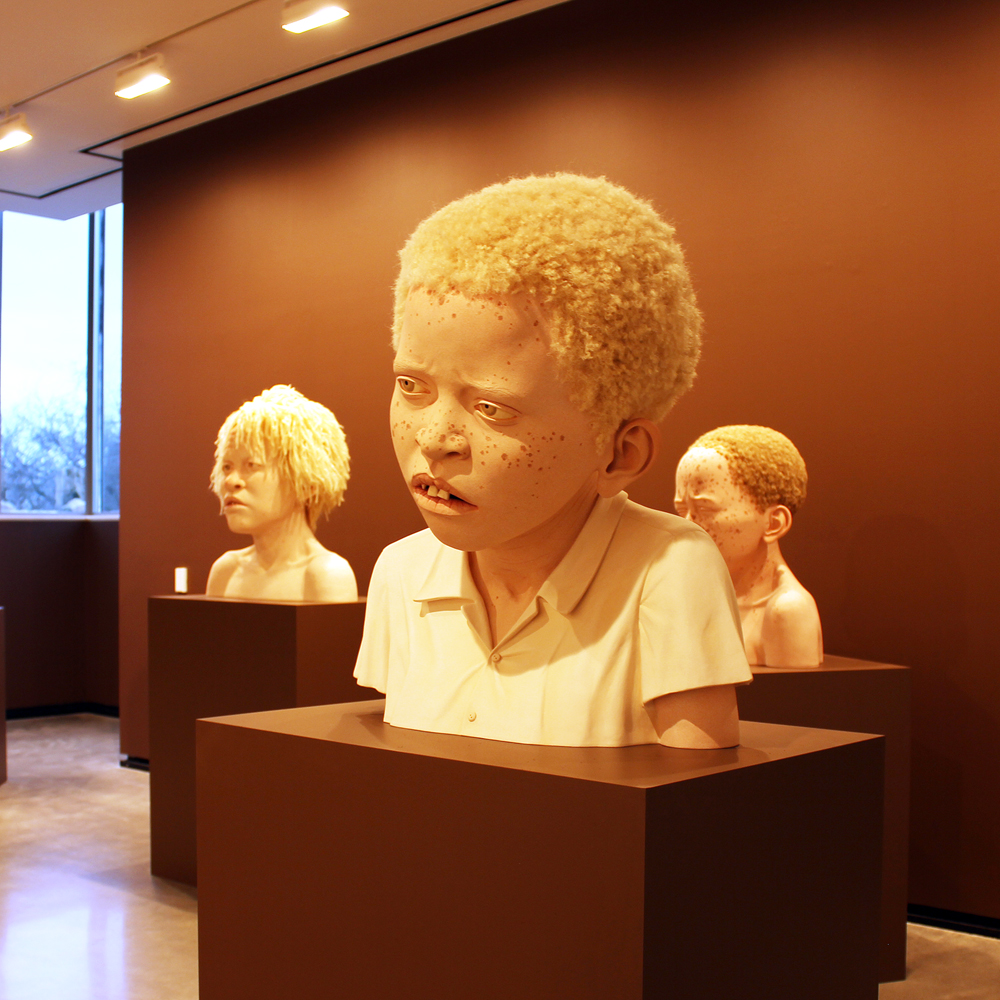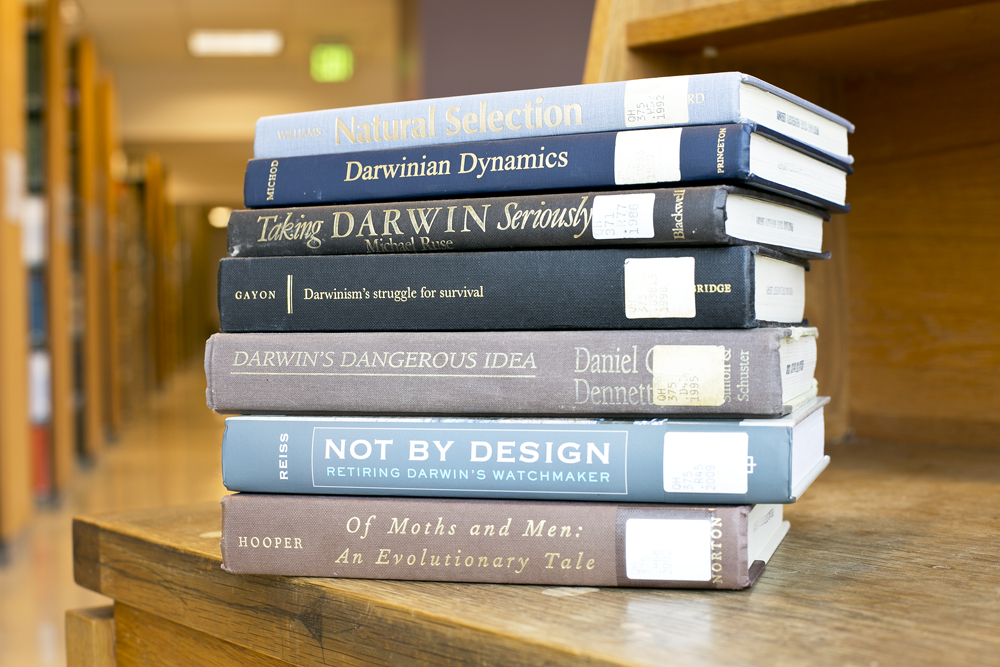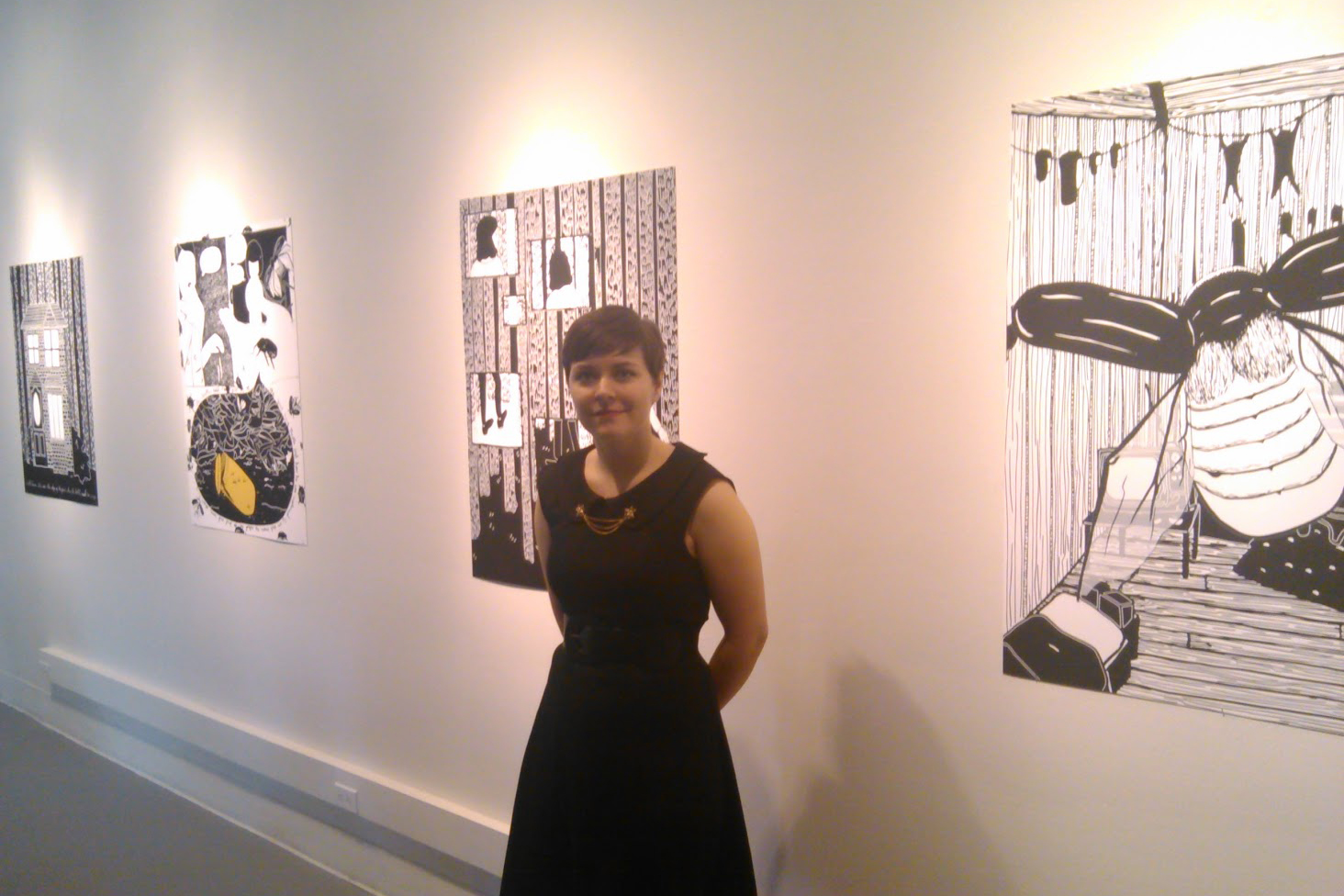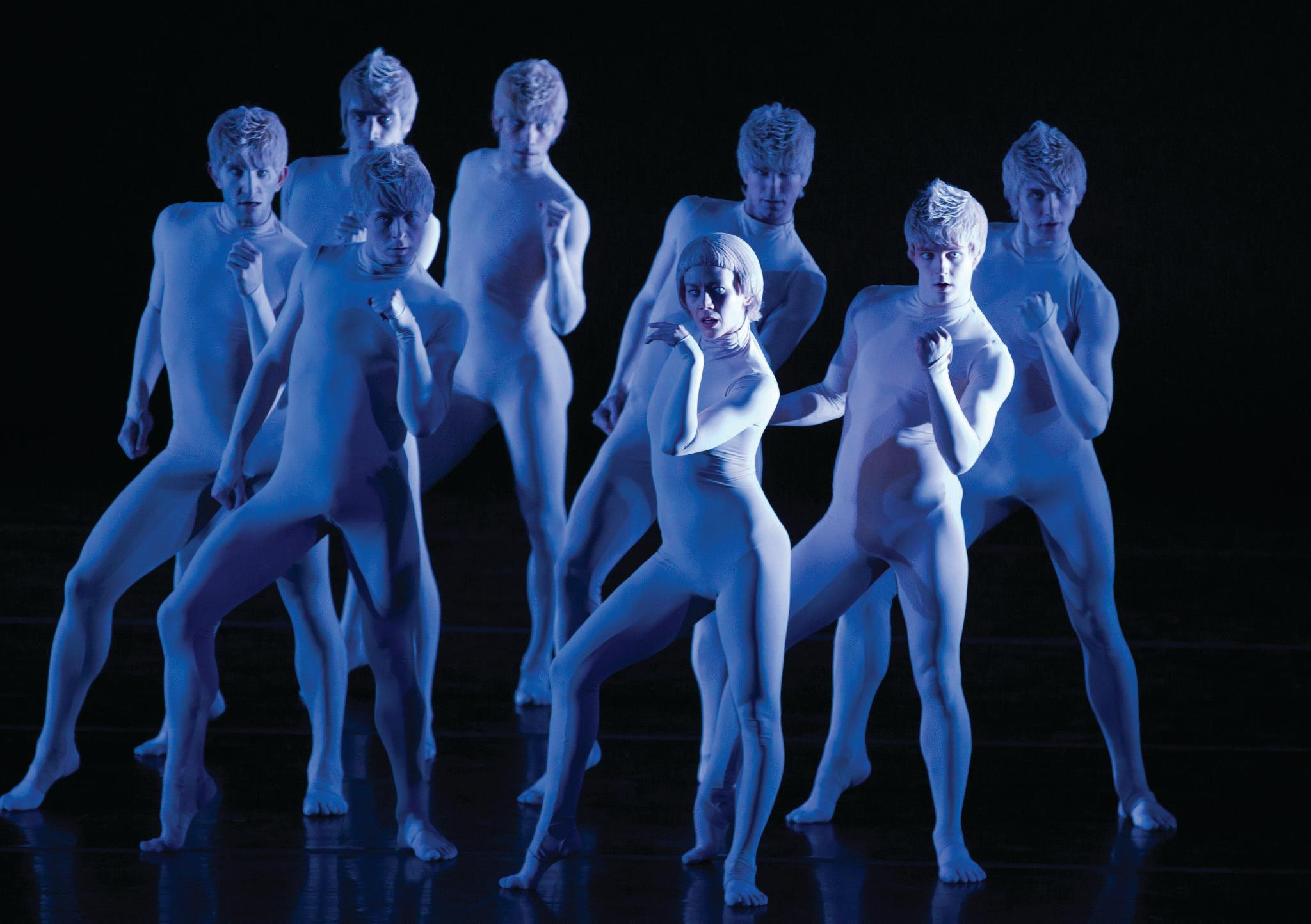Larger-than-life depictions of haunting human expressions are currently on display at the Portland Art Museum. This powerful collection of sculptures is the creation of regional artist, Tip Toland, whose recent exhibit elicits a chilling insight into the depths of prejudice against albinos in Tanzania.
Toland’s work has been displayed in the Metropolitan Museum of Art in New York, The Center on Contemporary Art in Seattle, the Kohler Art Center in Sheboygan, Wis., the Museum of Art and Design in New York and in many other exhibitions across the country.
The exhibit, which includes five portrait heads of African children with albinism whose terror is acutely depicted in their sun-spotted faces, will be on display through May 11.
“I wanted to get an energetic feeling of quiet horror. [They] should get the feeling that [the children] were haunted, and see that feeling left on their faces,” Toland said.
Toland’s exhibit is a part of APEX, a series of exhibitions presented by the museum featuring Northwest-based artists from Oregon, Idaho, Washington, Wyoming and Montana. APEX is curated by Bonnie Laing-Malcolmson, the Arleen and Harold Schnitzer curator of Northwest art, who has been following Toland’s work for years.
“She wanted each face to depict a specific, particular emotion, and I think she really did it,” Laing-Malcolmson said.
Toland was inspired to create the series after learning about the mutilations and murder of Tanzanian albinos stemming from superstition in the region.
“It’s just terrible what’s going on,” Toland said. “I just couldn’t get past it when I started looking at these poor kids and what was happening to them.”
People born in Tanzania with albinism, a genetic condition that devoids the skin, hair and eyes of pigment, are often subject to strong adversity. In the hot African climate, these people face dangerous natural consequences from overexposure to the sun.
However, they are also harmed by their own people’s prejudice against their appearance. Many of those who survived being hunted and terrorized are left with missing limbs. Frequently, their body parts are harvested for ritual use by witch doctors.
Each face in the exhibit holds an intense expression of terror, despair, pain and hopelessness.
“I worked off a number of photographs, so each face is its own character that was stimulated from its own photograph,” Toland said.
As well as artistic expression, this horrific display of emotion has humanitarian and political intentions, Laing-Malcolmson explained.
“I want people to think about what responsibility we have as world citizens, and is it our government’s place to take a strong position in humanitarian issues or not.”
Laing-Malcolmson also expressed her appreciation for Toland’s exhibit.
“I think the work is just incredibly powerful. I want the viewer to come in and feel the emotion in that room and feel the power of it and understand what a master I think she is.”
The five figures on display surround a 10-foot long sculpture of a reclining woman, symbolizing Mother Africa awakening to her children’s anguish. Together the pieces invoke a painful empathy for the victims of this prejudice.
“It was a major feat of ceramic sculpture,” Laing-Malcolmson said.
The sheer proportions of the children’s hopeless expressions, more than twice life-size, can be overwhelming, “kind of like a magnifying glass put on those poor kids. They confront you and hold you there,” Toland said.
Because of the sheer size of the sculptures, the reclining woman herself weighing half a ton, the process of creating them was elaborate. Each sculpture was cut into pieces, hollowed, fired, then put back together and painted. However, Toland doesn’t want to express the daunting nature of her process.
“You don’t have to be good to do anything creative or ambitious—you don’t have to have a lot of skills. You can just sort of stumble your way forward into these things. You will inevitably figure it out as you’re doing it and find the skills somehow along the way,” Toland said.
“I think it’s really important for visitors to spend a lot of time with this exhibit. I really want them to take the time and get a sense of what the whole installation is really about and to understand it. This is the kind of exhibit that makes one think about how to make the world a better place,” Laing-Malcolmson said.
More information can be found at portlandartmuseum.org






